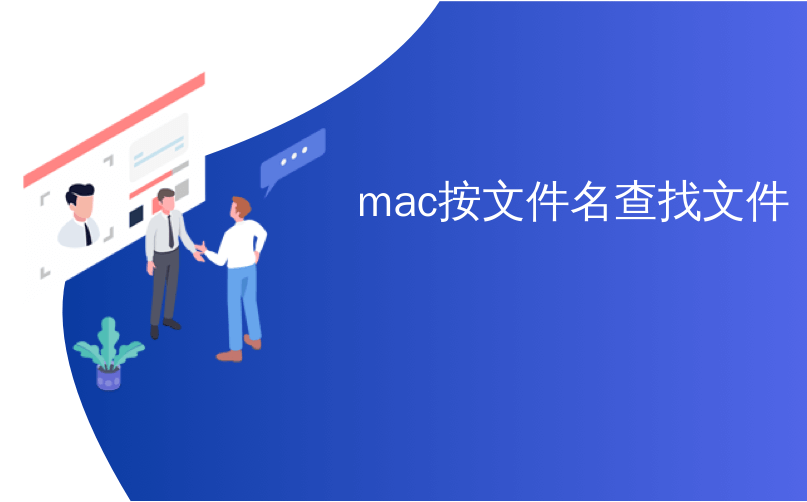
mac按文件名查找文件
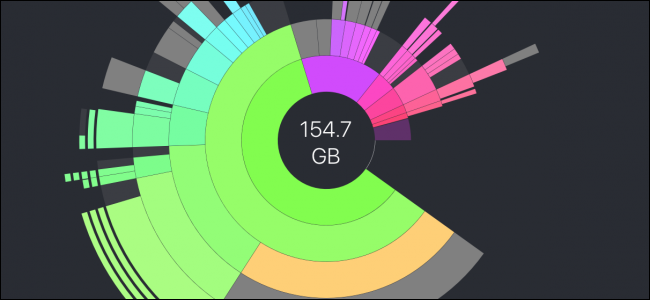
Freeing up disk space on a full hard drive can be difficult, especially when it’s full of small files. However, there are some excellent tools for macOS that let you find the files taking up the most space and delete the ones you don’t need. Ready to get your disk cleaned up?
釋放完整硬盤驅動器上的磁盤空間可能很困難,尤其是當它充滿小文件時。 但是,有一些出色的macOS工具可讓您查找占用最大空間的文件,并刪除不需要的文件。 準備好清理磁盤了嗎?
查看最可能的地方 (Check The Most Likely Places)

Most of your files will only be in a couple of folders. The Downloads is one of them, and a lot of people fill it up and forget to empty it, but files are hiding in places you wouldn’t expect. One such place that can take up a lot of space is the folder where iTunes saves backups of your iPhone or iPad. That folder is located here:
您的大多數文件將僅位于幾個文件夾中。 下載就是其中之一,許多人填滿了它,卻忘了清空它,但是文件隱藏在了您意想不到的地方。 iTunes可以在其中保存大量空間的文件夾之一就是iTunes用來保存iPhone或iPad的備份的文件夾。 該文件夾位于此處:
~/Library/Application Support/MobileSync/Backup
Depending on how big your device is, and how often you back up, these backup files can take up tens of gigabytes.
根據設備的大小以及備份的頻率,這些備份文件可能會占用數十GB的空間。
The?Trash folder in macOS also can take up quite a bit of space if you haven’t emptied it in a while, so it’s worth taking a look to see if you’re still storing some large files.
如果您有一段時間沒有將其清空,則macOS中的“廢紙folder”文件夾也可能占用相當多的空間,因此值得一看是否仍在存儲一些大文件。
手動查找大文件 (Find Large Files Manually)
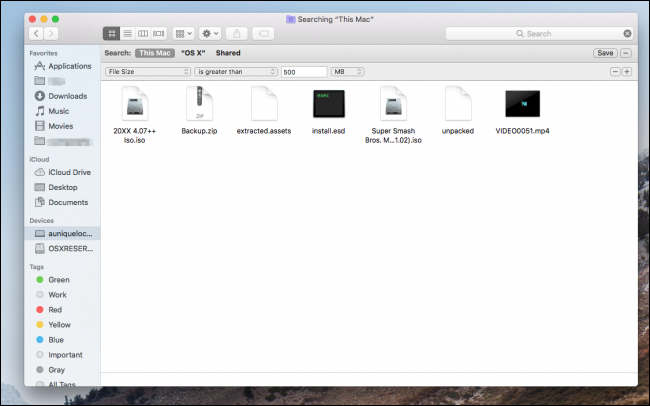
Finder has a built-in way for finding large files with Spotlight search. Click the drive you want to search, open the search window, and hit the + button next to the “Save” button at the top right. You can then use the drop-down menus to select the “File Size” and “Greater Than” options. Type in the minimum file size you want to search for (over 100MB or so will do the trick) and you’ll see a list of all files over that size. You can then choose which ones you want to delete.
Finder具有使用Spotlight搜索查找大文件的內置方法。 單擊要搜索的驅動器,打開搜索窗口,然后單擊右上角“保存”按鈕旁邊的+按鈕。 然后,您可以使用下拉菜單選擇“文件大小”和“大于”選項。 輸入您要搜索的最小文件大小(大約100MB左右即可解決問題),您會看到所有超過該大小的文件的列表。 然后,您可以選擇要刪除的文件。
However, there are two drawbacks to this method:
但是,此方法有兩個缺點:
- The Finder only shows single files over a certain size, not folders full of smaller files, such as Downloads or program installs. Finder僅顯示超過一定大小的單個文件,而不顯示包含較小文件的文件夾,例如下載或程序安裝。
- It’s hard to select specific files for deletion because you’re not given a proper context for where the files are stored or how important they might be. 很難選擇要刪除的特定文件,因為沒有為文件的存儲位置或文件的重要性提供適當的上下文。
A much better interface is the Storage Management app built into macOS, which displays all files sorted by size, and shows the date you accessed them last:
更好的界面是macOS內置的Storage Management應用程序,它可以顯示按大小排序的所有文件,并顯示您最后一次訪問它們的日期:
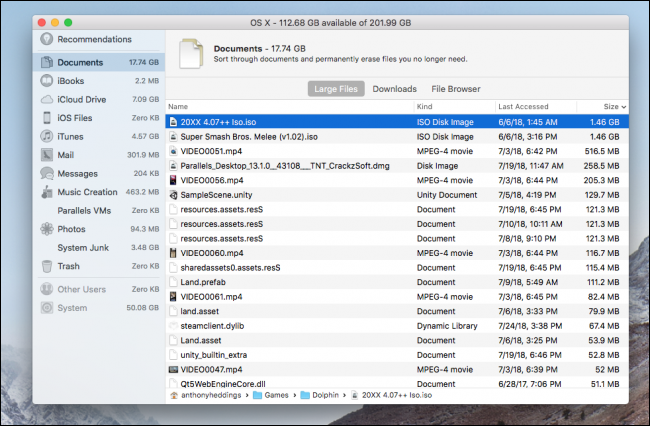
The Storage Management app has some other useful tools, as well. You can use it to configure iCloud storage and set your Mac to empty the Trash automatically, for example.
Storage Management應用程序還具有其他一些有用的工具。 例如,您可以使用它配置iCloud存儲并將Mac設置為自動清空垃圾箱。
使用第三方工具進行更好的控制 (Use a Third-Party Tool For Even Better Control)

Disk Inventory X is an excellent free tool for visualizing disk space. You can see which sections are taking up the most space by which squares in the visual display are the largest. Click any square to view the associated file name. There’s also a tree view on the sidebar that lets you see how much space every folder takes up, and you can drill down to find the files you might want to delete.?You can right-click each file to move it to the Trash or view more info about it.
Disk Inventory X是一款出色的免費工具,可用于可視化磁盤空間。 您可以看到哪些部分占用的空間最多,可視顯示中的正方形最大。 單擊任意正方形以查看關聯的文件名。 邊欄上還有一個樹狀視圖,可讓您查看每個文件夾占用了多少空間,并且可以向下鉆取以查找可能要刪除的文件。 您可以右鍵單擊每個文件,將其移至“廢紙rash”或查看有關此文件的更多信息。
There is one important thing to keep in mind when using Disk Inventory X, though. It does show system files and will let you delete them, so you’ll want to stick mainly to your home directory unless you know what you’re doing.
但是,使用磁盤清單X時要記住一件事。 它的確顯示系統文件,并允許您刪除它們,因此除非您不知道自己在做什么,否則您將主要粘貼到主目錄。
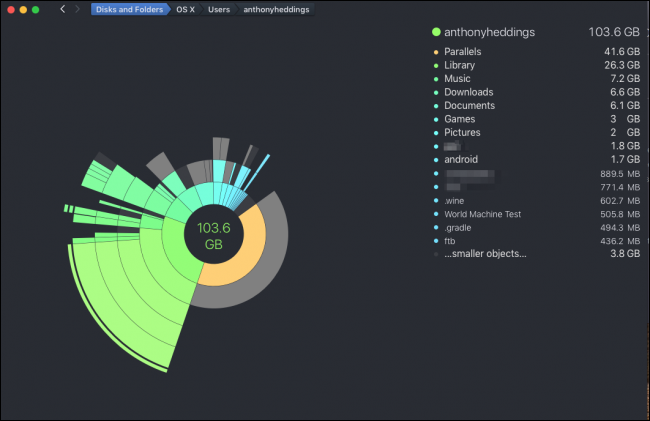 ()
()

If you don’t like the Disk Inventory interface, there is a paid tool with a more modern design called DaisyDisk. Though it’s functionally much the same as Disk Inventory, DaisyDisk does offer a different way of looking at files that some people might prefer.
如果您不喜歡“磁盤庫存”界面,則可以使用一種付費工具,該工具具有更現代的設計,稱為DaisyDisk 。 盡管在功能上與磁盤清單相同,但是DaisyDisk確實提供了一種查看某些人可能會喜歡的文件的不同方式。
It also does a good job of showing how much space you’re saving with each scan of your drive and it offers a “Collector” feature that which stores items you mark for deletion before doing a full delete.
它還可以很好地顯示每次驅動器掃描可節省多少空間,并提供“收集器”功能,該功能可在進行完全刪除之前存儲標記為刪除的項目。
自動化清潔工具 (Automated Cleaning Tools)
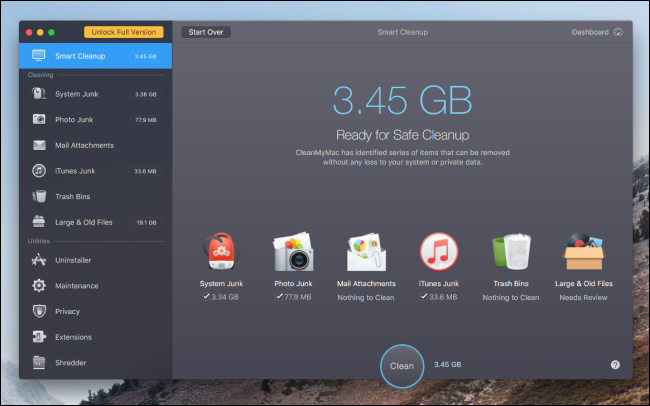
While those manual tools are useful for finding large files, they’re not able to clean up the system junk and temporary caches that can take up a lot of space—and are often hidden in system folders you don’t want to touch. This is where an automated tool like?Clean My Mac comes in handy. When you launch the app, it performs a scan of your drive, looking in those junk and cache folders that you may miss in Disk Inventory. It then clears them out for you automatically.
盡管這些手動工具對于查找大文件很有用,但它們卻無法清理可能占用大量空間的系統垃圾和臨時緩存,并且通常隱藏在您不想觸摸的系統文件夾中。 這是自動工具(如Clean My Mac )派上用場的地方。 啟動該應用程序時,它將執行驅動器掃描,查找您可能在磁盤清單中丟失的那些垃圾文件夾和緩存文件夾。 然后,它將自動為您清除它們。

Clean My Mac also has some other useful tools, such as an Uninstaller for cleaning up old applications, maintenance scripts, and a shredder for securely deleting files. It also has a tab that lets you view large files, albeit in a list view rather than the partitioned interfaces of Disk Inventory or DaisyDisk.
“清理我的Mac”還具有其他一些有用的工具,例如用于清理舊應用程序的卸載程序,維護腳本以及用于安全刪除文件的碎紙機。 它還具有一個選項卡,即使在列表視圖中,也可以讓您查看大型文件,而不是磁盤清單或DaisyDisk的分區界面。
翻譯自: https://www.howtogeek.com/361957/how-to-find-and-delete-large-files-on-your-mac/
mac按文件名查找文件
 語法匯總)

?)

)






---一條SQL查詢語句是如何執行的?...)





)...)

